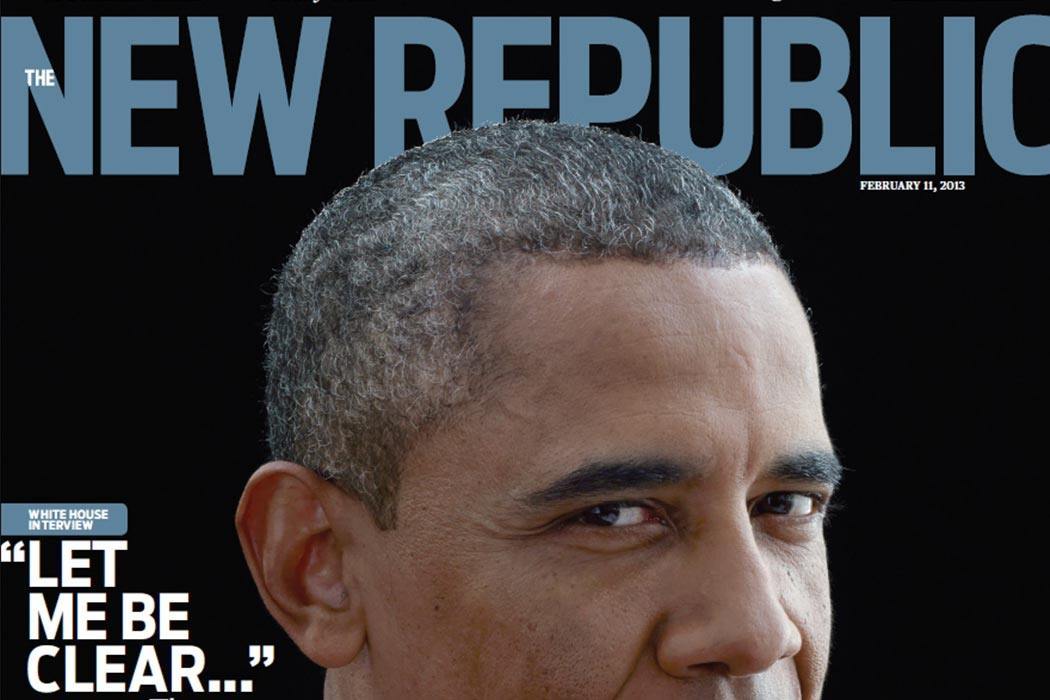In January of this year, Facebook co-founder Chris Hughes put The New Republic up for sale, a little more than three years after buying the storied, but money-losing, media institution. In a memo to his staff, Hughes wrote, “After investing a great deal of time, energy, and over $20 million, I have come to the conclusion that it is time for new leadership and vision at The New Republic.”
While The New Republic has plenty of clout (it was once called “the in-flight magazine of Air Force One”) and alumni at every major media publication, it has long been a money-losing operation. More recent changes at the magazine, which included bringing in a Silicon Valley veteran as the chief executive and hiring a much more racially diverse staff, have been a part of the magazine’s latest effort to turn subscriber numbers around. Even still, November traffic was down 38% from the same month a year earlier.
Researcher Julie Melby, writing in Print Quarterly, offered a behind-the-scenes look at the magazine’s ongoing effort to broaden its readership.
In 1924, ten years after it was founded, The New Republic filed for bankruptcy. By October of that year, the publication was “losing subscribers” and its writers were being lured away to other publications. Herbert Croly, one of the magazine’s founders, observed the need for “new energy and a fresh audience.” It was a staggering $800,000 in debt.
Even if the magazine had folded in 1924, it wouldn’t have been for financial reasons. Many of its patrons were of considerable wealth and the magazine relied on their support. They included Dorothy Whitney Straight Elmhirst, the sister-in-law of famed art patron Gertrude Vanderbilt Whitney, and Dorothy’s husband, Willard Straight, both of whom wrote “blank checks” to the magazine. The bankruptcy filing was more so to fix tax-related problems than it was an acknowledgement of financial loss. In fact, after filing, the magazine promptly asked Elmhirst for a loan to cover its next season of publications.
To renew its waning readership, it tried offering subscription deals with other magazines. For example, a one-year subscription to The Nation and The New Republic would cost $5 each, but by subscribing together, the price fell to $8.50.
Next, it tried offering subscribers discounted prices on books (including $5.50 for E.M. Forster’s A Passage to India). Each issue had a new book and a new offer, and the magazine’s editors even claimed that “if the book you would rather have is not listed here, write The New Republic for a special price.”
Perhaps the most interesting tactic was its effort to appeal to lovers of art. By December of 1924, the magazine was offering—for $12—original etchings by well-known artists like Edward Hopper, Ernest Haskell, Peggy Bacon, Kenneth Hayes Miller, and others to go along with its subscription. But the response, Melby noted, was “less than the magazine had hoped for” and the effort was soon abandoned.
Let’s see how the magazine adapts itself to a changing media landscape in the current century.







